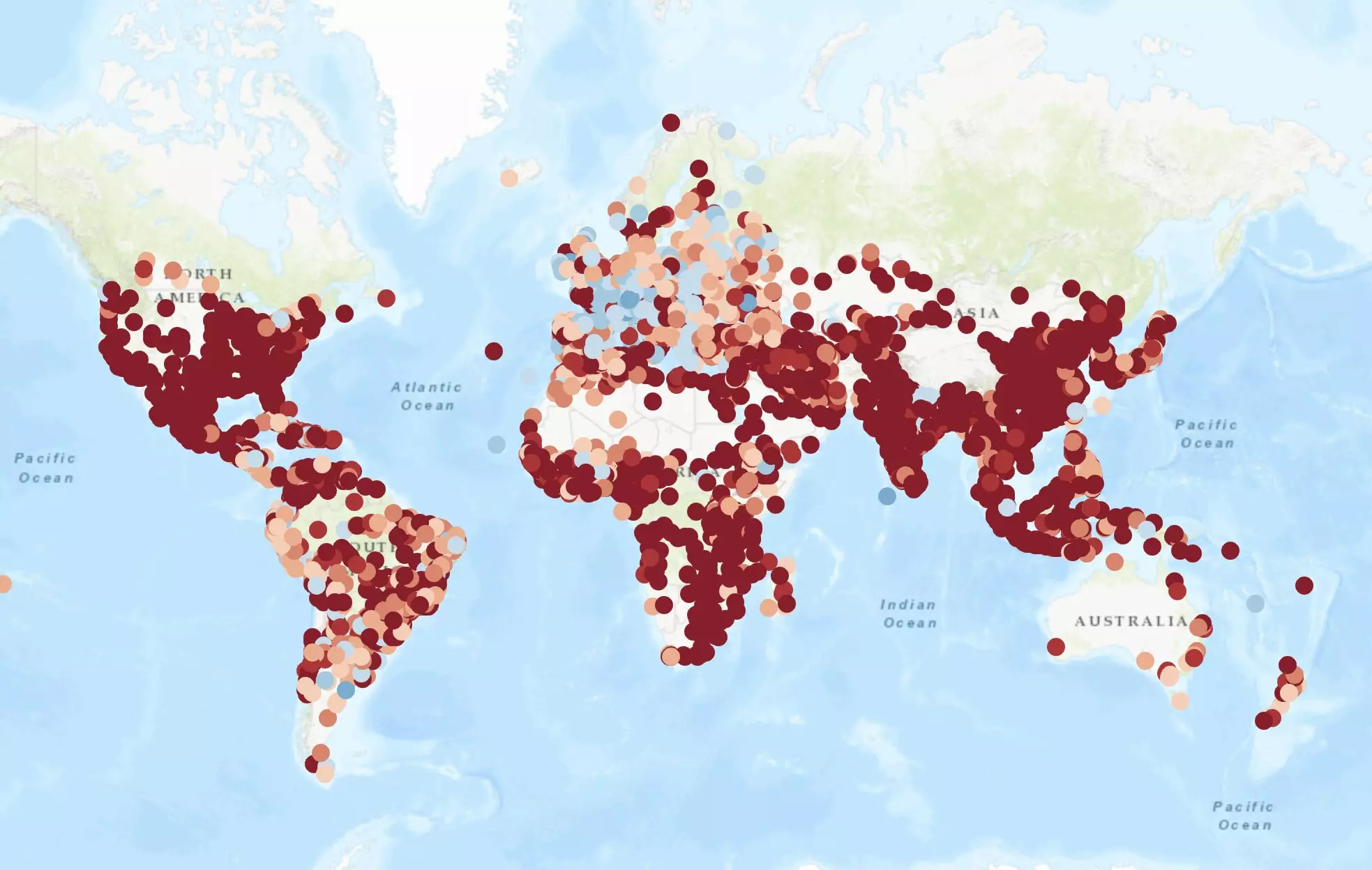The notion of the 15-minute city is emerging as one of the most transformative ideas in urban planning today. Envisioned as a framework where residents can access essential services—such as grocery stores, schools, healthcare facilities, and recreational areas—within a mere 15-minute walk or bike ride, this concept aims to combat some of the most pressing urban challenges. Today, around half of the world’s population resides in cities, a figure that continues to grow. As such, the urgency to rethink urban spaces and improve the quality of life for city dwellers has never been greater.
Central to the discussion of the 15-minute city is its multidimensional appeal: addressing traffic congestion, reducing pollution, enhancing social connectivity, and improving overall well-being. These factors are crucial in light of the current crises facing many urban centers, where haphazard growth often exacerbates inequality and undermines the quality of life.
A recent study published in the journal Nature Cities, led by esteemed researcher Vittorio Loreto, provides an in-depth global analysis of urban accessibility concerning the 15-minute city framework. The research develops a new metric that evaluates cities’ alignment with this ideal, offering an innovative open-access platform for urban exploration. Through rigorous evaluation and comparison, the study reveals significant inequalities in access to services within and between cities, highlighting that urban environments frequently reflect disparities in socio-economic conditions.
While established cities in Europe often boast higher levels of accessibility—Vienna being a standout example—the situation contrasts sharply in many cities across the United States, Africa, and parts of Asia, where residents face far longer travel times to access essential services. Loreto’s team indicates that these findings underscore an urgent need to address urban inequality, particularly in societies where the economic divide is starkly illustrated through geographic access to urban resources.
One of the most intriguing aspects of Loreto’s research is its exploration of whether merely redistributing existing resources can lead to greater urban accessibility, or if entirely new investments in transportation and infrastructure are required. The researchers employed a “relocation algorithm” to model and simulate various scenarios regarding service distribution and accessibility improvements in urban settings.
This algorithm not only determines the number of additional services necessary for cities to adhere to the 15-minute rule but also highlights areas where the concept may not be feasible without a significant overhaul of existing urban plans. Loreto’s observations indicate a complexity in urban planning—simply improving transport networks may not suffice; instead, a complete reevaluation of how services are dispersed within neighborhoods is critical.
The implications of this research prompt a reexamination of how cities should be designed. The traditional 15-minute city ideal—a simplistic metric based solely on time—may no longer be adequate. Instead, Loreto suggests a pivot towards creating what could be described as “value-based cities,” where local population densities, as well as socio-economic and cultural factors, play pivotal roles in planning decisions.
In this proposed model, urban planners must craft tailored solutions that resonate with the unique dynamics of individual cities. Rather than applying a one-size-fits-all mentality, acknowledging each city’s distinct characteristics and challenges is paramount. It is through customized strategies that planners can effectively address the specific needs of diverse communities, paving the way for broader accessibility and equality.
The potential advantages of implementing the 15-minute city concept extend far beyond mere accessibility. Improved urban planning can facilitate better health outcomes by ensuring residents are closer to medical facilities and recreational spaces. Educational institutions can become more accessible, thereby fostering an informed and engaged populace. Furthermore, easy access to cultural amenities enriches community life and strengthens social cohesion.
As cities evolve into more equitable spaces, their role as hubs of human creativity is reinforced, empowering residents to lead healthier, more fulfilling lives. Ultimately, as this research highlights, building inclusive cities has far-reaching benefits that can transform urban life for generations to come. By embracing the insights gained from studies such as Loreto’s, urban planners, engineers, and policymakers can work collaboratively to foster environments that enhance the quality of life for all city residents.
The journey toward realizing the 15-minute city is not merely an urban planning challenge; it’s an opportunity to redefine our living spaces for the better, ensuring that our cities serve all, not just a privileged few.


Leave a Reply